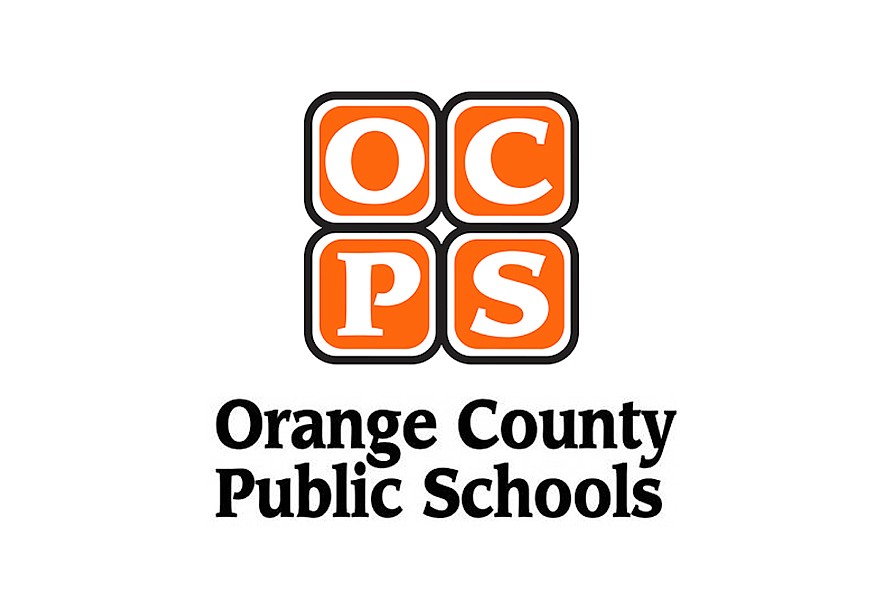- April 4, 2025
-
-
Loading

Loading

Orange County Public Schools students and families now are in their second week of a new normal — one that involves class work with no classroom.
With all Florida schools closed until at least May 1, OCPS staff, students and families are continuing the school year through online distance learning. Although many students are used to using devices such as laptops and iPads to complete certain schoolwork, long-term distance learning has been a new venture for all parties.
Teacher-facilitated distance learning began March 30, and teachers communicated with students and parents to share where to find distance-learning content and lessons, how teachers can be contacted and information about offline lessons.
OCPS began a one-to-one digital device rollout in its middle and high schools about five years ago. Devices came with the software and systems needed to support online learning, and students and teachers in middle and high schools already were acclimated to using the LaunchPad dashboard, Canvas and Big Blue Button.
Moving an entire school district online for the foreseeable future was no small task. Maurice Draggon, OCPS senior director of digital learning, said the district provided a week of training to users as a refresher. There were more than 10,000 participants that week.
“For most OCPS students, the distance-learning day begins by logging in to the district’s dashboard, LaunchPad,” Draggon said. “In LaunchPad, students can click on Canvas to enter the learning management system. In Canvas, it contains a to-do list for students where they can see assignments that have been created by their teacher. They may see on the side an invite to a Big Blue Button video conference, as well.”
With an influx of users logging into their distance-learning dashboards at the same time, the first day of distance learning included some snags. Draggon said users normally are staggered when they log in and out — high-schoolers log in first, then elementary-schoolers and finally middle-schoolers.
“At the beginning of distance learning, we saw a complete change in usage pattern,” Draggon said. “Almost all levels logged in around 9 a.m. and stayed logged into the platform. Changes were made to some of the hardware that managed traffic for our systems in its management of this traffic change.”
Draggon added the district saw a large shift in the number of assignments students turned in. That number rose from 100,000 to 300,000 assignments.
“Additional changes were made to ensure assignment submission did not cause a slowdown in the to-do list for teachers, which lets them know they have assignments to check,” he said. “Finally, we (expanded) the amount of simultaneous video conferences that can be done at the same time (by 10 times).”
Middle and high school students all have an OCPS device. Middle-schoolers who may not have internet access at home can hop onto an existing hotspot program the district has with T-Mobile, and high-schoolers have a hotspot with Sprint.
Elementary-schoolers use a blended model. Teachers can create paper packets to be mailed or emailed home to those requesting one, Draggon said, and the district also created and mailed paper packets to parents based on an internet access phone survey. Teachers at some schools are assigning digital assignments based on their knowledge of the technology available to their students.
For many children, a disruption in daily routine has required emotional adjustments, as well.
That has been the case for Jodi Jessop — parent of a kindergartner and a first-grader at Castleview Elementary — and her children.
“Some programs are more user-friendly than others, but our teachers have been fantastic about listening and making things clearer, as well as facilitating the interaction between the kids,” Jessop said. “Sure, it’s new and it’s frustrating, but we are all getting used to this. It’s not home-schooling, it’s crisis schooling. It is definitely a challenge. I can’t imagine how working parents are doing this and their jobs.”
Jessop said she is thankful for iReady because, when all else fails, it’s something her children know how to do.
“There have been some tears on both sides,” Jessop said. “There has been some frustration and some angry messages sent to our teachers out of frustration in the moment. But they have been communicating well with us and willing to help us through it.”